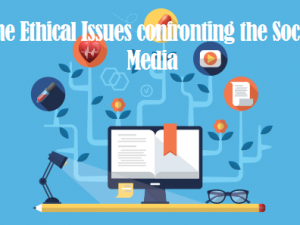Description
Table of Contents
Introduction.
The current organizational climate and communication strategies used by Nokia Sri Lanka.
The case of Nokia.
Step one: Strategy.
Step two: Leadership.
Step three: Planning and Prioritization.
Step four: Channels and Content Development.
Step five: Communications Roles.
Step six: Face to Face.
Step seven: Impact measurement.
Challenges Faced in Cross-Cultural Communication.
Bureaucracy and lack of top management buy-in.
The organizational culture.
Recommendations.
Summary.
References.


